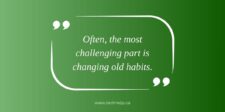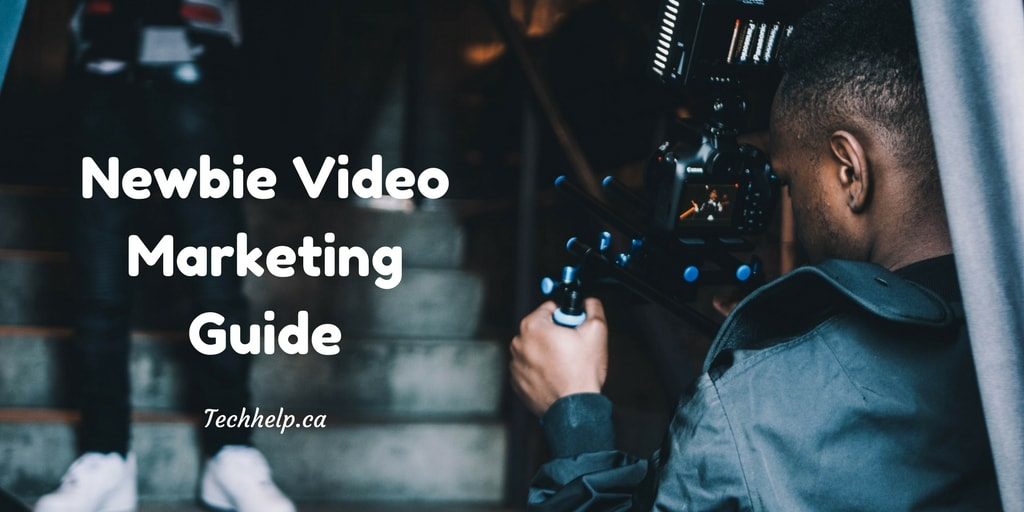Many marketers in the B2B sector are shifting their focus from outbound marketing (a traditional form of marketing) to inbound marketing. While both techniques are effective, inbound marketing offers greater opportunities for generating leads and conversions. This guide explores the essentials of inbound marketing for B2B businesses.
Traditional outbound methods like sending direct mail, organizing trade shows, and cold-calling potential customers are still valuable. However, inbound marketing for B2B has made attracting, converting, and retaining clients simpler and often more cost-effective.
Let’s delve into the basics of inbound marketing for B2B companies and explore strategies to build a solid framework for generating leads and increasing conversions.
What is Inbound Marketing for B2B?
Inbound marketing encompasses techniques and strategies a business uses to attract prospects and convert them into paying customers. The target customer in this context is another business interested in your product or service but not yet familiar with your brand.
Unlike outbound marketing, which is a traditional push strategy, inbound marketing for B2B focuses on engaging prospects through online marketing tools. Essential components include blogging, search engine optimization (SEO), social media marketing, and content marketing.
So, how can you ensure that businesses discover your offerings and convert them into customers? That’s where the funnel comes in. Keep reading…
The Inbound Marketing Funnel
The inbound marketing funnel for B2B operates similarly to traditional funnels. You start with a large pool of visitors interacting with your website, gradually narrowing it down to a smaller group of customers. The number of customers is relative to the initial pool size.
For example, if you have 5,000 people on your mailing list, you might expect 1% to 15% (50-750) to become customers, depending on how well you nurture your leads.
There are four stages to the inbound marketing funnel:
1. Attract
This is the discovery stage, where businesses learn about your offerings. Your website, social media accounts, and other online presence should be designed to convert these “strangers” into regular visitors.
2. Convert
In the conversion stage, uninterested prospects leave the funnel, while the remaining ones are more likely to become paying customers. Effective landing pages, well-placed opt-in forms, and strong calls to action (CTA) are crucial for converting prospects into leads.
3. Close
Here, you use smart tools and content to transform leads into customers. Email marketing is a powerful tool for sending targeted content and offers to your leads. A customer relationship management (CRM) tool also helps track customer details such as behaviors, purchase history, and interests, allowing for customized content.
4. Delight
The cycle doesn’t end once a prospect becomes a customer. In the B2B market, retention and brand advocacy are crucial for ongoing revenue. Effective CRM, email campaigns, and referral programs can help you get more prospects from your customers’ networks and upsell to existing customers.
Key Components of Inbound Marketing for B2B
Inbound marketing is a pull strategy with the aim of being discovered by prospects. Today, content and social media marketing are vital for visibility. However, in the B2B market, these elements function slightly differently than in B2C.
Content Marketing
For B2C companies, content marketing often involves blogging, vlogging (video blogging), and creating visual content to spark conversations and maintain online relationships. In B2B, the focus is on building authority through white papers, research papers, case studies, insightful blog posts, and more.
Social Media Marketing
Social media strategies also differ. B2C companies may focus on gaining likes, shares, and comments on platforms like Facebook, Twitter, and Instagram. In contrast, B2B companies prioritize networking on platforms like LinkedIn. For instance, a corporate IT solutions provider will connect with more potential clients through LinkedIn than a lifestyle blogger would.
However, every B2B organization is unique, so it’s essential to test different social media platforms to determine which works best for your business.
The Future of Inbound Marketing for B2B
Marketing is evolving rapidly, and inbound marketing for B2B is becoming increasingly important. For prospects, it provides value without intrusive advertising methods; for businesses, it offers an opportunity to be discovered. You can transform website visitors into loyal customers by consistently delivering value and fulfilling promises.
Remember, “usefulness” should be your guiding principle when creating content for your audience.

We empower people to succeed through information and essential services. Do you need help with something? Contact Us.
Want a heads-up once a week whenever a new article drops?







